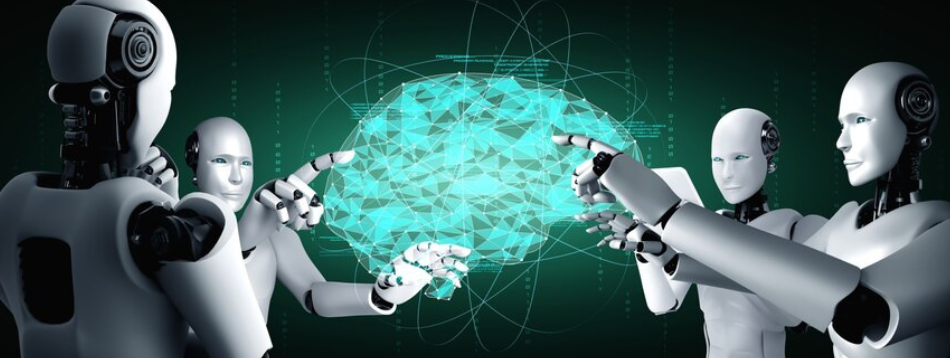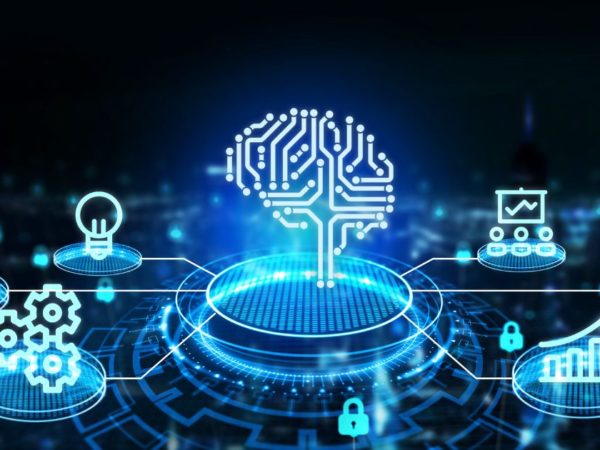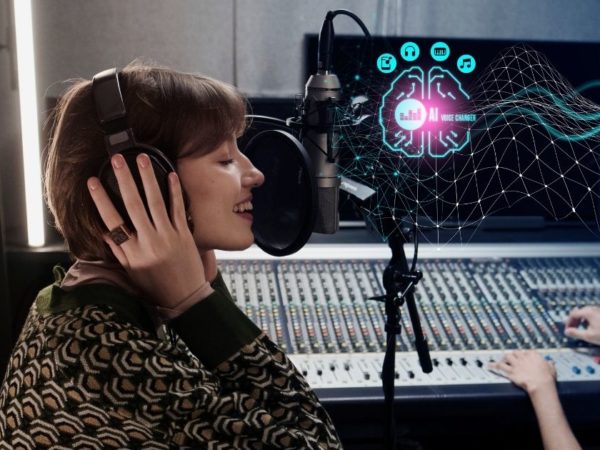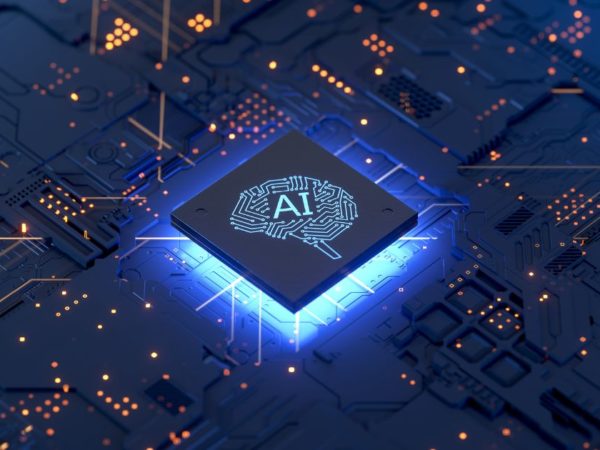In the last decades, the world has witnessed immense technological development. AI is the major contributor behind these groundbreaking changes.
Surprisingly, the use of AI is so common today that we do not even notice it. From Siri weather updates to Netflix personalized recommendations, AI is making these possible.
Most uses of AI you see now are done by artificial narrow intelligence or ANI. Continue reading to know more about ANI.
What Is AI?
Artificial intelligence (AI) is the stream of science that deals with building smart machines that can perform tasks that usually need human intelligence. It enables machines to model the abilities of a human mind and even improve upon them.
AI has become an integral part of our everyday life. Most tech companies these days use some form of AI, and many are also investing in this technology.
Artificial Narrow Intelligence (ANI)
Artificial narrow intelligence (ANI) is also known as weak AI and narrow AI. This technology can perform a specific task based on a particular data set. Some examples of ANI are facial recognition, playing chess, self-driving cars, etc.
Artificial narrow intelligence is limited in functionality and hence considered weak. Narrow AI does not have consciousness, self-awareness, and genuine intelligence. In no way it is a match for human intelligence. But its value lies in being focused and goal-oriented.
How Does ANI Work?
Artificial narrow intelligence system usually gets training on a specific dataset so that it can develop an understanding of the problem they are supposed to resolve. Once it is achieved, ANI can use the knowledge for decision-making, outcome prediction, and action execution.
For example, if you want to train a narrow AI system to identify birds in images, you need to train it with a dataset that contains the images of birds. After the training, ANI will be able to identify birds when it sees one in other images.
Types of Artificial Narrow Intelligence
ANI can be of many types. The two major types of narrow artificial intelligence are:
- Reactive AI: This basic ANI got no memory or data storage ability. It mimics the behavior of a human mind and can respond to interpretations with no previous experience.
- Limited Memory AI: It is the more advanced level of ANI. This allows it to store data and thus makes it capable of interpreting precisely using statistical data.
Difference Between ANI and AGI
- ANI can perform specific tasks, while AGI can take general intelligent action.
- Narrow AI learns from fixed domain models that the programmers supply. Contrarily, general AI can self-learn and self-reason within its environment.
- ANI usually performs reflexive tasks without understanding. AGI comes with complete human cognitive abilities.
- Narrow AI gets its understanding from numerous labeled examples. But, general AI learns mainly from unstructured data and a handful of examples.
- Artificial narrow intelligence can not utilize its understanding in any other task or domain. However, general artificial intelligence can transfer knowledge to work in a different domain.
Benefits of Artificial Narrow Intelligence
Quick Decision-Making
Artificial narrow intelligence systems can process data and finish tasks more quickly than a human beings. As a result, it can contribute to faster decision-making. Hence, overall productivity, efficiency, and quality of life improvements to a great extent.
ANI, used by IBM Watson, helps doctors to make data-driven decisions, which makes healthcare faster and better than ever before.
Performing Mundane Tasks
Another benefit of ANi is it frees humans of repetitive routine tasks. It makes our everyday life easier, starting from adjusting the music volume to switching off the dining room light that you may have missed.
Moreover, ANI-powered self-driving cars offer us free time to do our favorite activities while stuck in traffic.
Cost Saving
The use of ANI often helps you cut down on manual labor costs. Instead of appointing a security professional, you can have a CCTV in your office gate and let artificial narrow intelligence take care of the task.
Building Block for Better AI Development
ANI system also functions as the foundation of different AI versions like general AI and super AI. Speech recognition is a kind of ANI that supports speech-to-text conversion with substantial accuracy.
Efficient Single-Task Performance
When it comes to performing single tasks, Narrow AI systems can do it better than humans. Imagine detecting cancer from X-ray or ultrasound images. An ANI system can detect a cancerous mass more accurately than a trained radiologist.
Use Cases of Artificial Narrow Intelligence
#1. Agriculture
ANI can help with various farming-related tasks, including crop monitoring and pest control. For example, you can use ANI to analyze crop images to identify if there is any infection. It should also be able to understand the pests so you can determine their most effective treatment.
#2. Healthcare
ANI plays a significant and useful role in the healthcare industry as well. It can assist with medical condition diagnosis and patient outcome prediction. Doctors can use narrow AI to analyze images of cancer patients to find out patients with potential signs of cancer.
#3. Manufacturing
Manufacturing is another sector with booming use of artificial narrow intelligence. From quality control to product inspection, ANI can be used to ensure less human labor but more efficiency. For instance, a well-trained ANI system can inspect products and identify the ones with defects.
#4. Finance
Even in the financial sectors, a growing use of ANI is seen. This technology can analyze financial data and predict market trends and other crucial economic and business factors. YOu can make this system go through the case studies to find out the investment opportunities for a hedge fund.
#5. Transportation
ANI also helps with route planning, fleet tracking, and traffic management. With proper use, it can optimize delivery routes and reduce fuel consumption.
#6. Customer Service
This is one of those sectors ANI is used. In customer support service, narrow AI can answer customer inquiries and fix problems. For example, you can train this ANI system to answer common questions and offer customer solutions through a chatbot.
Challenges of ANI
#1. Need for Impregnable Security
AI is still a fragile system where others can inject noise to confuse the system. Attackers can change the AI program code to hack into a software system of self-driven cars. So, ensuring military-grade security becomes a challenge for ANI systems.
#2. Subject to Human Efficiency
ANI largely depends on humans for successful task completion. Thus, it is subject to their failings. Imagine a human operator incorrectly defines a task to the ANI system. In that case, no matter what is the size of the dataset, the system will come up with a false conclusion.
#3. Could to Biased
Despite getting trained from a large data set, ANI tends to provide incorrect results without a plausible explanation. Usually, datasets containing biased information are responsible for such issues. Also, it lacks common sense.
Conclusion
Artificial narrow intelligence has already revolutionized various aspects of our lives. Despite some challenges, it offers ample benefits, namely decision-making, facial detection, and automation.
It also works as a foundation block for future AI, such as general artificial intelligence. To learn more about AI, you can take any of these online courses to learn artificial intelligence.



